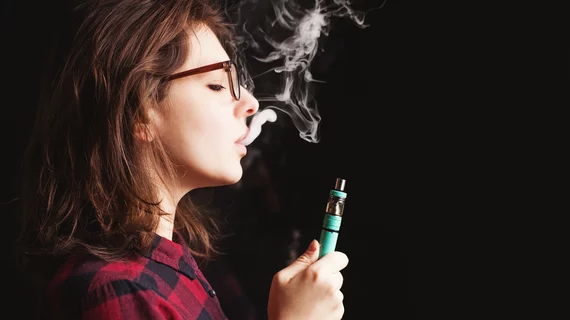Marijuana vapes can generate toxins when heated
Natural compounds mixed into THC vaping liquids could generate toxic chemicals when heated and inhaled, according to research out of Portland State University in Oregon.
HealthDay News reported via the U.S. News & World Report on Dec. 9 that such compounds, known as terpenes, are mixed into pure THC distillations to dilute vaping products and give the vapor aroma and taste. But when researcher Robert Strongin and colleagues at Portland State created and burned their own e-liquids and waxy concentrates—colloquially known as “dabs”—they found benzene, a known carcinogen, and methacrolein, an air pollutant.
Strongin told HealthDay that these toxins could harm people who vape, especially if they’re on the younger side and their brains and bodies are still developing.
Terpenes are found in the essential oils of some plants, including conifers and citrus fruits, and give cannabis its distinctive odor. These natural compounds are removed during the distillation process for e-liquids, Strongin said, and other terpenes are added at the end of the process to make the product smell like marijuana. Scientists are now worried that terpenes can produce dangerous toxins when heated to such a high degree, and Strongin et al.’s research adds evidence to that argument.
The CDC has recorded nearly 2,300 cases of vaping-related lung injury (EVALI) and 48 deaths in the U.S. as a result of the recent e-cigarette epidemic.
Read more below:

